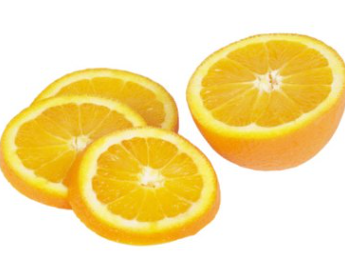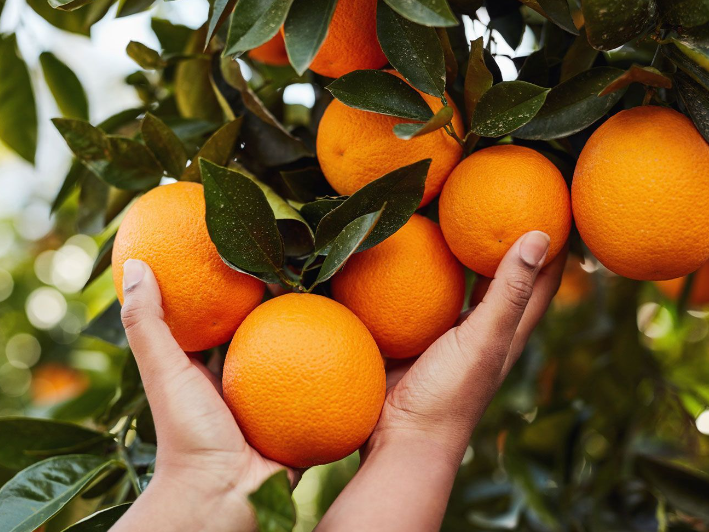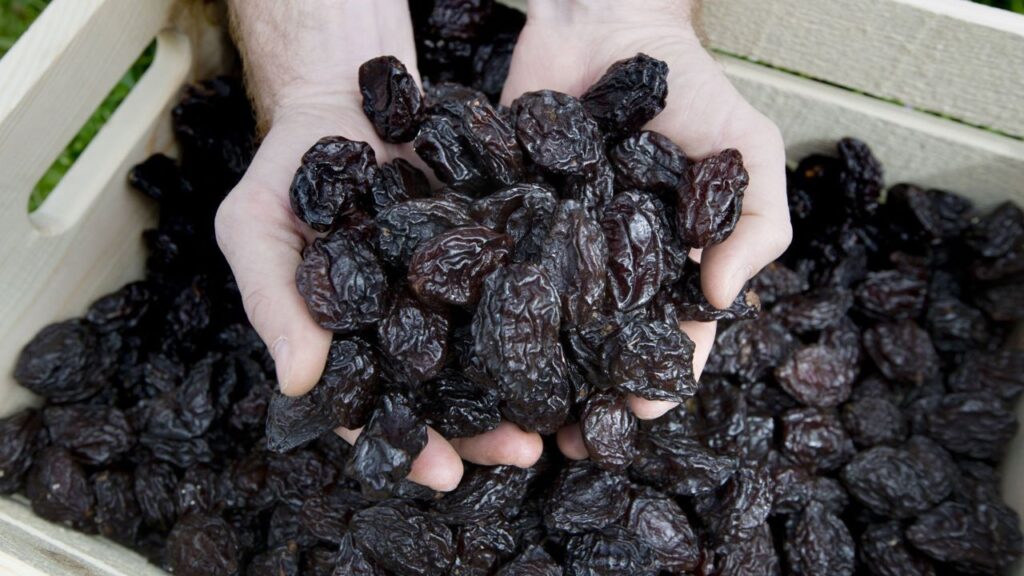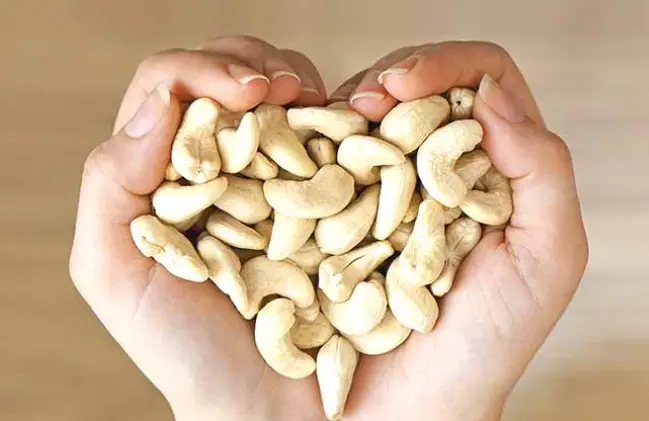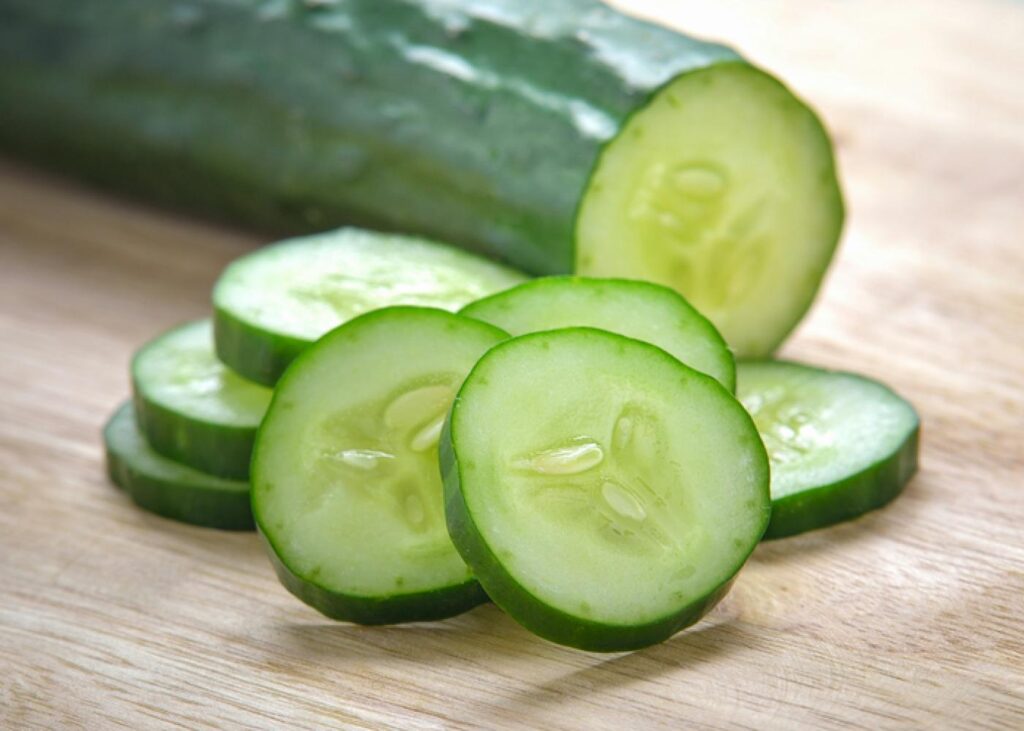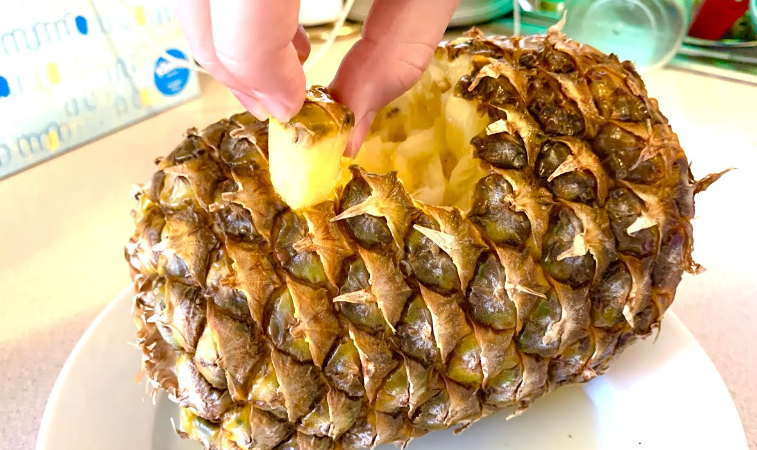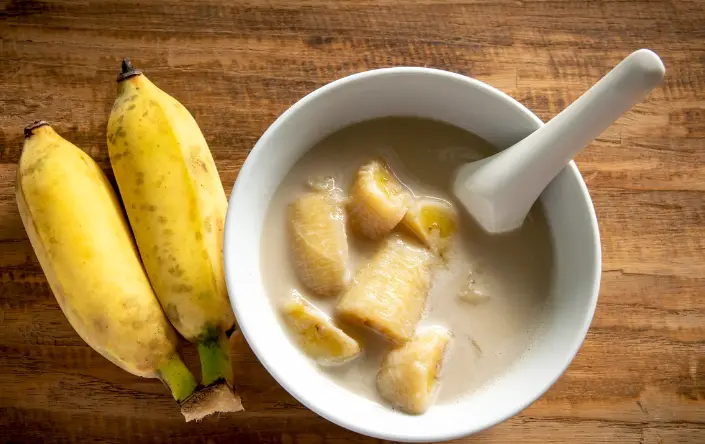If you have diabetes, you know that eating right is key to controlling your blood sugar. Satsumas, a kind of tasty citrus fruit, can be a good choice for your diet. But what makes them a good option, and how can you enjoy them safely?
This article goes deep into the world of satsumas. We’ll look at what they’re made of, how they affect blood sugar, and the ways they can fit into a diabetes-friendly diet. Plus, we’ll share tips on eating satsumas and address some common questions.
Table of Contents
- Can People with Diabetes Eat Satsumas?
- What is Diabetes?
- What Are Satsumas?
- What Nutrients Do Satsumas Have?
- How Satsumas Affect Blood Sugar
- Why Satsumas Are Good for Diabetics
- Satsumas and Keeping a Healthy Weight
- Adding Satsumas to Your Diabetic Diet
- Things to Keep in Mind
- Frequently Asked Questions
- Can Satsumas replace medication for diabetes?
- How many satsumas can a diabetic person eat in a day?
- Can satsumas cause a sudden spike in blood sugar levels?
Can People with Diabetes Eat Satsumas?
Yes, satsumas can be great for someone with diabetes. They have a low score on the glycemic index, lots of fiber, and important vitamins and minerals. Eating satsumas can help keep blood sugar levels steady, assist with weight control, and offer antioxidant benefits.
What is Diabetes?
Diabetes is a health problem where your blood sugar is too high. There are two types: Type 1 diabetes, where your body can’t make enough insulin, and Type 2 diabetes, where your body doesn’t use insulin well or doesn’t make enough.
What Are Satsumas?
Satsumas are small oranges without seeds that are related to mandarins. They have their own special features.
These fruits are super easy to peel, and inside they’re juicy, sweet, and often without seeds. Satsumas are full of nutrients and have a fresh flavor that many people love.
What Nutrients Do Satsumas Have?
Satsumas aren’t just tasty; they have a bunch of important nutrients too. They’re a source of vitamins A and C, folate, potassium, and fiber.
With lots of vitamin C, satsumas can boost your immune system and help you stay healthy. The fiber in them is good for your digestion and helps keep your blood sugar under control.
How Satsumas Affect Blood Sugar
The glycemic index (GI) tells you how fast food can make your blood sugar levels go up.
Foods with a high GI can make your blood sugar shoot up quickly. But foods with a low GI, like satsumas, make it rise slowly. That’s better for keeping blood sugar steady.
Why Satsumas Are Good for Diabetics
- Full of Fiber: Satsumas have a lot of fiber, which helps slow down how fast sugar goes into your blood and stops big swings in your blood sugar.
- Not Many Calories: Satsumas don’t have too many calories, so they are a smart snack if you’re watching your weight.
- Lots of Vitamin C: Satsumas are rich in vitamin C, which has many health perks like supporting your immune system, lessening the risk of chronic illnesses, and helping wounds heal.
- Antioxidants: Satsumas have antioxidants that fight off cell damage and inflammation, things that can make diabetes problems worse.
- Helps Manage Blood Sugar: Thanks to their mix of fiber, antioxidants, and other nutrients, satsumas can help you keep your blood sugar levels in check and might make your body respond to insulin better.
Satsumas and Keeping a Healthy Weight
Staying a healthy weight is really important if you have diabetes because too much weight can make your body resist insulin.
Satsumas can help with weight control because they don’t have a lot of calories, have plenty of fiber, and taste great. Fiber makes you feel full, so you’re less likely to eat too much.
Adding Satsumas to Your Diabetic Diet
If you’re thinking about adding satsumas to your diet, you need to watch how much you eat and keep an eye on your carbs. It’s all about balance. Here’s how you can do it:
- Watch Your Portions: Don’t eat too many satsumas at once. A medium-sized one has about 11 grams of carbs.
- Eat Them with Protein or Fat: To limit the effect on your blood sugar, have satsumas with some protein or healthy fat. This slows down the digestion and makes your blood sugar rise more gently.
- Balanced Meals: Eat satsumas as part of meals that also include protein, healthy fat, and other veggies that don’t have many carbs.
Things to Keep in Mind
Here are some tips and things to remember:
- Find What Works for You: Everyone’s different. Check how your blood sugar reacts after eating satsumas so you know how they affect you.
- Know Your Carbs: Pay attention to how many carbs you can handle and adjust how many satsumas you eat based on that. People with diabetes need to be careful about this.
- Check for Allergies and Meds: If you have allergies to citrus fruits or take medicines that react with citrus, talk to your doctor before eating satsumas.
Frequently Asked Questions
Can Satsumas replace medication for diabetes?
No, satsumas can’t take the place of diabetes medicine. They’re good for a diabetic diet, but you still need medicine to control your blood sugar levels.
How many satsumas can a diabetic person eat in a day?
It depends on the person, how they react to satsumas, and how many carbs they can have. Usually, one or two medium-sized satsumas a day is okay.
Can satsumas cause a sudden spike in blood sugar levels?
Since satsumas have a low glycemic index, they’re not likely to make your blood sugar levels jump up quickly if you eat them in moderation. But everyone’s different, so it’s good to keep an eye on your blood sugar when you have them.
